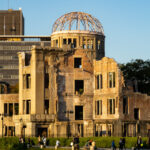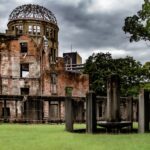The Atomic Bomb Dome Before the Bombing
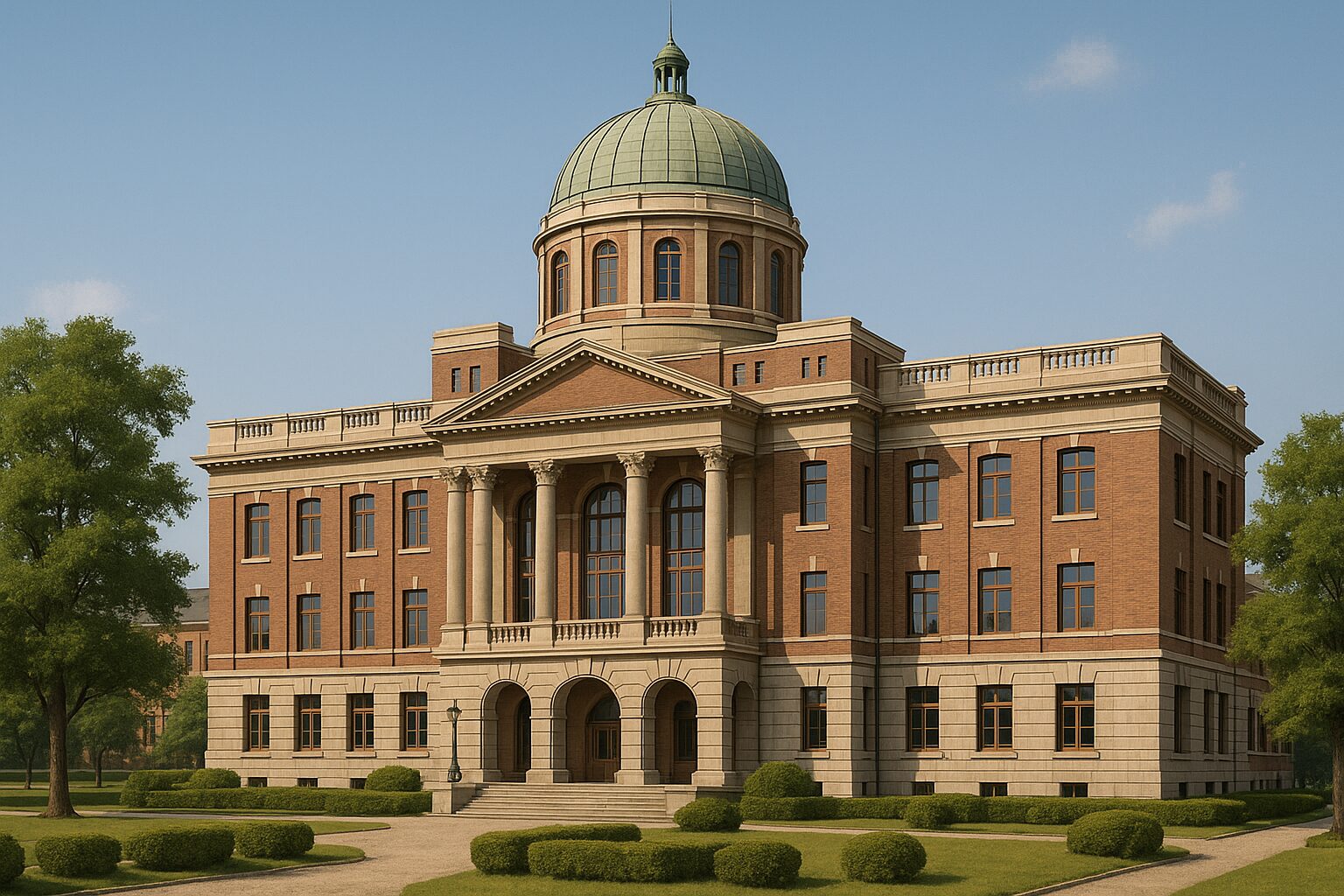
The Atomic Bomb Dome Before the Bombing
A Story of Architecture, Commerce, and Legacy
The Atomic Bomb Dome, or Genbaku Dome (原爆ドーム), stands today in Hiroshima as a powerful reminder of the devastation of nuclear warfare. While most people associate it with the tragic events of August 6, 1945, fewer know the fascinating history of the building before the atomic bombing. This article delves into what the dome was originally built for, who designed it, and how it functioned in the vibrant pre-war city of Hiroshima.
🌍 A Symbol of Modernity: The Hiroshima Prefectural Industrial Promotion Hall
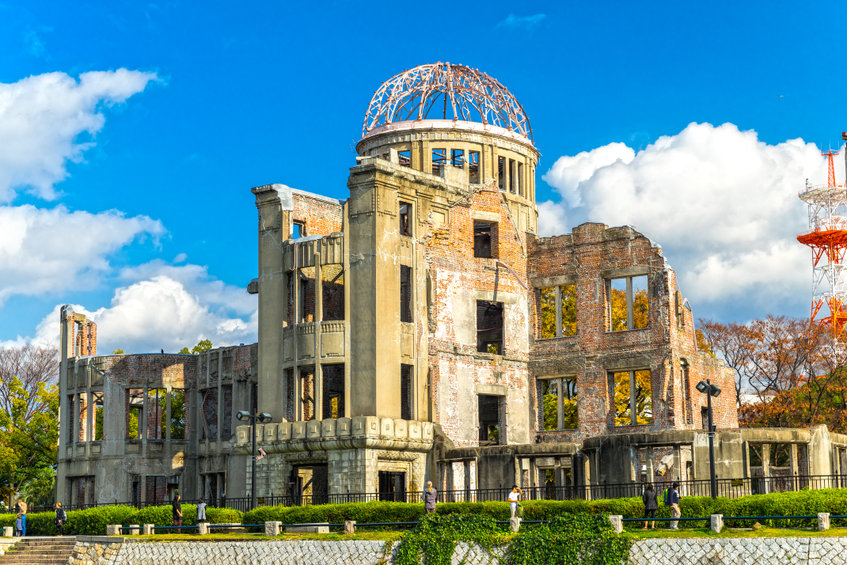
The Atomic Dome, ex Hiroshima Industrial Promotion Hall, destroyed by the first Atomic bomb in war, in Hiroshima, Japan.
Before it was known as the Atomic Bomb Dome, the structure was officially called the Hiroshima Prefectural Commercial Exhibition Hall (広島県物産陳列館), later renamed the Hiroshima Prefectural Industrial Promotion Hall (広島県産業奨励館). It was constructed in 1915 during Japan’s Taishō era—a time of rapid modernization and growing international influence.
🏛️ Designed by a Czech Architect: Jan Letzel
One of the lesser-known facts about the building is that it was designed by Jan Letzel, a Czech architect who studied in Europe and later moved to Japan. Letzel’s architectural style reflected Western influences, especially neo-Baroque and Secessionist trends, which were rare in Japan at the time.
The building featured:
- A large oval dome made of copper sheets.
- Brick and concrete walls reinforced with steel.
- Arched windows and a commanding three-story central hall with flanking wings.
The architectural novelty of the dome structure made it one of the most eye-catching buildings in Hiroshima.
🏢 A Hub of Commerce and Culture
Far from being a military installation, the hall functioned as a public exhibition and trade center. It was intended to:
- Showcase local products and handicrafts from Hiroshima Prefecture.
- Host expositions and trade events that would attract visitors and businesses.
- Serve as an information center for industrial development.
It was a place of civilian activity, innovation, and cultural exchange, with many visitors each year coming to see exhibitions and displays inside.
🌆 Its Location in Hiroshima
The hall was situated on the northern bank of the Motoyasu River, near what is now Peace Memorial Park. It stood in the heart of downtown Hiroshima, surrounded by trees, shops, schools, and bridges. The nearby Aioi Bridge, shaped like a “T,” was believed to be the aiming point for the U.S. bomber Enola Gay due to its distinctive form.
☢️ August 6, 1945: The Transformation
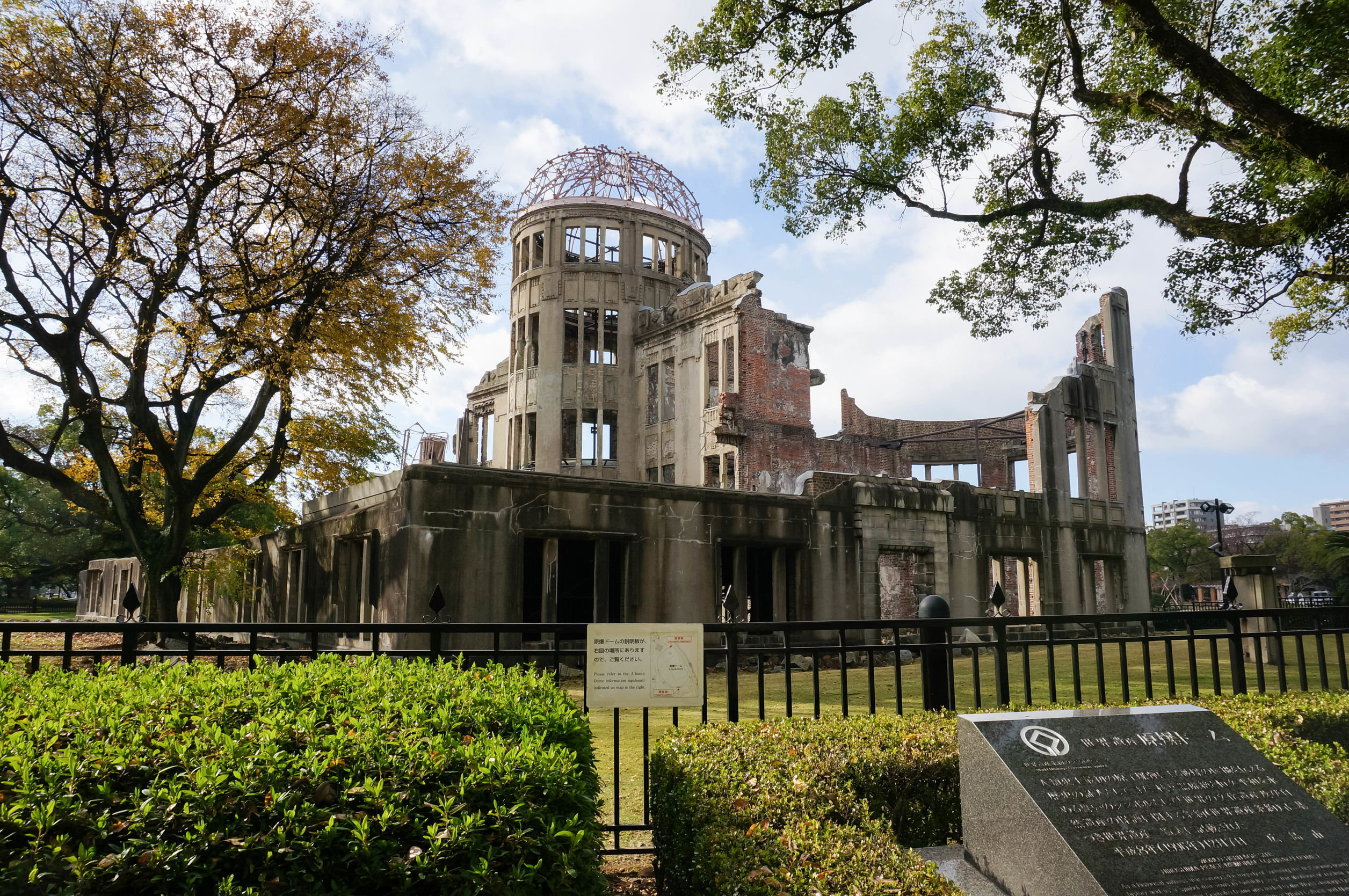
At 8:15 a.m., the world’s first wartime atomic bomb exploded approximately 600 meters above the city. The Industrial Promotion Hall was one of the few structures near the hypocenter that remained partially standing, due to the vertical nature of the blast and the strength of its reinforced concrete and steel frame.
The dome was charred and skeletal, but the central structure remained intact—its haunting silhouette would become one of the most enduring symbols of the atomic bombing.
🕊️ From Ruin to Memorial: The Birth of the Genbaku Dome
In the years following the war, the dome remained in its ruined state. While some called for its demolition, many Hiroshima citizens believed it should be preserved as a warning to the world and a call for peace.
In 1966, the Hiroshima city government officially decided to preserve the remains. In 1996, it was designated a UNESCO World Heritage Site, described as “a stark and powerful symbol of the most destructive force ever created by humankind.”
🧠 Why the Dome Matters Today
Understanding the pre-bombing history of the Atomic Bomb Dome enriches our appreciation of its significance. It was:
- A center of peaceful commerce, not a military site.
- A symbol of architectural beauty and Western-Japanese collaboration.
- A place that brought people together to celebrate local innovation and progress.
Today, the contrast between its original purpose and its current symbolic meaning underscores the irony and tragedy of war, and reinforces the call for nuclear disarmament and lasting peace.
📸 What Did It Look Like Before?
Photographs and architectural drawings from before the bombing show a stately building with a clean copper dome, intricate facades, and neatly trimmed gardens. The hall’s interior had elegant exhibition rooms, high ceilings, and decorative columns. These images serve as a crucial record of what was lost—not just in physical structure, but in human ambition and cultural pride.
🙏 Closing Thoughts
Before it became a ruin, the Atomic Bomb Dome was a thriving beacon of Hiroshima’s industrial and civic life. Its survival was not just structural—it became emotional and philosophical. By remembering its original form and purpose, we honor the memory of those who lived and worked there, and we strengthen the resolve to never allow such destruction again.





